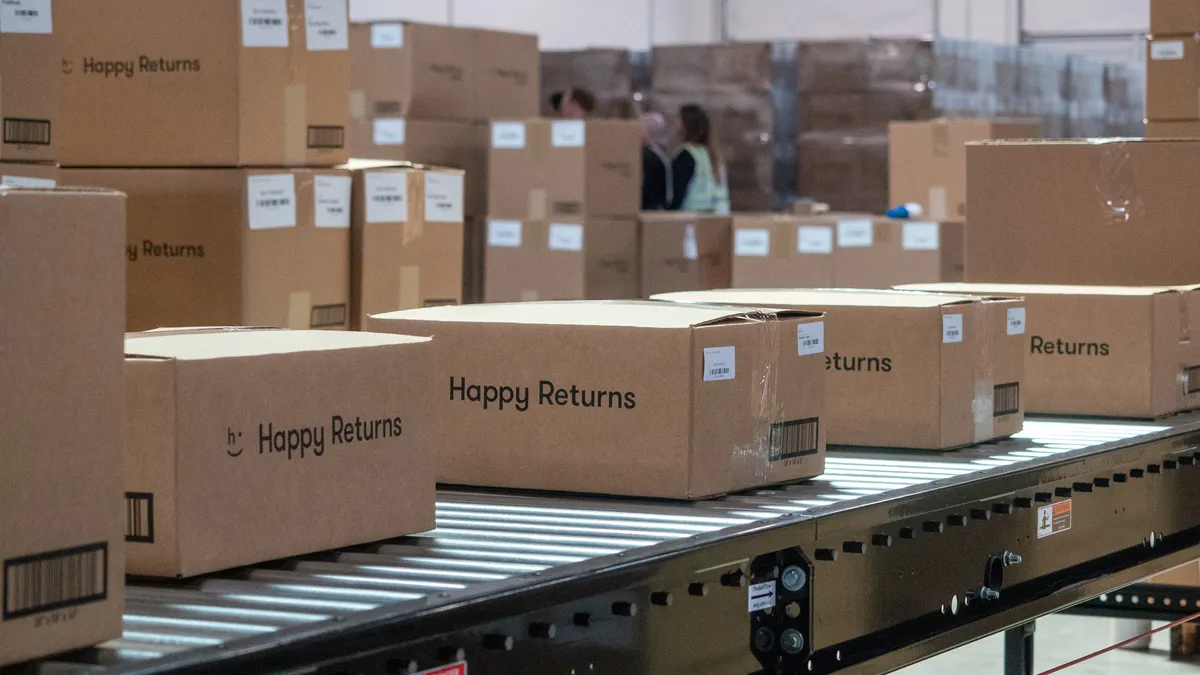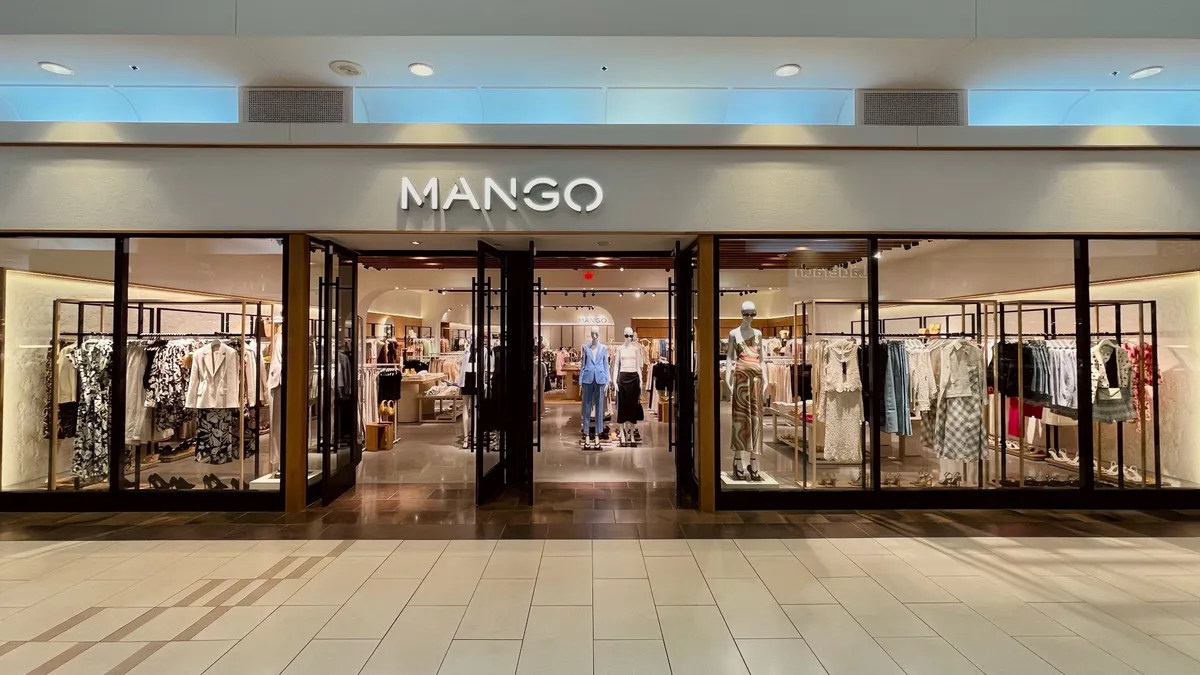Welcome to Supply Chain Dive's newest column! Every Friday through the end of 2018, we'll be taking a sideways look at the supply chain. If your supply chain has unexpected consequences, oddities or surprising quirks, we want to hear about it!
Tuesday is election day and of course, that conjures deep thoughts about supply chains. Stay with me.
States with contentious races are breaking records for early voting, and I can’t help but think of the growth in earlier voting — spreading out the vote over a few weeks — as analogous to supply chain trends heading into peak retail season.
If you close one eye and squint, early voting to distribute the burden of time for shoppers — I mean voters — and service capacity for polling places is much like the pre-purchase programs set to boost what is likely to be a healthy holiday season for retailers. Likewise, at the ballot box, early voting is already boosting the overall numbers of voters in perhaps an unprecedentedly motivated electorate.
Voting, after all, depends on a supply chain too, though the “consumers” in this scenario go home empty-handed. Materials, like ballots and voting machines, must be procured in the right number at the right place and time at risk of dampening activity in-store — I mean in-polling place.
Since elections have supply chains, you can bet they have supply chain issues too. Take a look at these three and see if you recognize your own (hopefully long-since rectified) problems:
Stockouts
If demand planning isn't right or supply falls short, stockouts happen. In retail, that’s a missed opportunity for sales. In manufacturing, it means falling behind. In an election, stockouts can lead to fewer votes cast and disenfranchisement for voters. Ballot shortages are often caused by ordering issues on the elections authority side of the equation, and some states have moved the capability to print ballots in-house to offer more flexibility, while others order them from a vendor, which is another source of drama.
Several Michigan counties ran out of ballots at polling places in the state's recent primary election when turnout was just 5% higher than anticipated. The stockout caused roughly an hour’s pause in voting at one polling place and resulted in some willing voters leaving because they could not wait. Simple supply chain error can wreak havoc too: In one Minnesota county, voters received the ballots, mailed by a vendor, from the next county over instead of their own in primary elections earlier this year.
Cyber threats
It is news to absolutely no one that cybersecurity is a serious and timely issue when it comes to elections. Experts say voting machines actually have similar digital infrastructure to ATMs, digital check-ins at physicians' offices, and point of sales systems, and are equally hackable. Because American elections are managed by the state and local authorities, it would be difficult to affect the outcome on a grand scale. According to reporting from CIO Dive, hackers would have an easier time infiltrating individual voting machines rather than whole systems for the same reason.
That being said, hackers at a conference in August found an extremely common voting machine in use in more than half of U.S. states has a flaw, making them particularly vulnerable to cyberattack. The flaw was disclosed in a 2007 security report in the state of Ohio but the machines are still available for purchase and in use.
A major weakness in many supply chains is failing to update technology to withstand new threats. Voting machines are only used for a period of days or week, a few times a year (at most). And in an effort to save taxpayer dollars, state authorities sometimes purchase older, secondhand voting machines.
The FBI has confirmed one of Tennessee's county elections returns systems was hacked to the extent that results could have been affected in 2014. And a Vox investigation found America’s election digital infrastructure is improved today, “but not by much.”
Backups
On that sobering note, you’ll also be unsettled to know one in five states currently use an electronic-only system with no paper backup. Now, I know what you’re thinking. Supply chains are racing at a break-neck pace to do away with paper entirely in internal operations, at ports and even at the government level. The lesson to take away here isn't the power of paper; it’s the power of redundancy.
In the age of tariffs, shifting trade deals and automation, redundancy is paramount to keep business moving. Installing a new automated inventory or picking system? I’ll bet (or hope) you know what to do when it goes down – other than “call the guy.”
So what do you think? Could your supply chain handle the stakes of an election? Should elections boards hire supply chain professionals? Let us know!





















